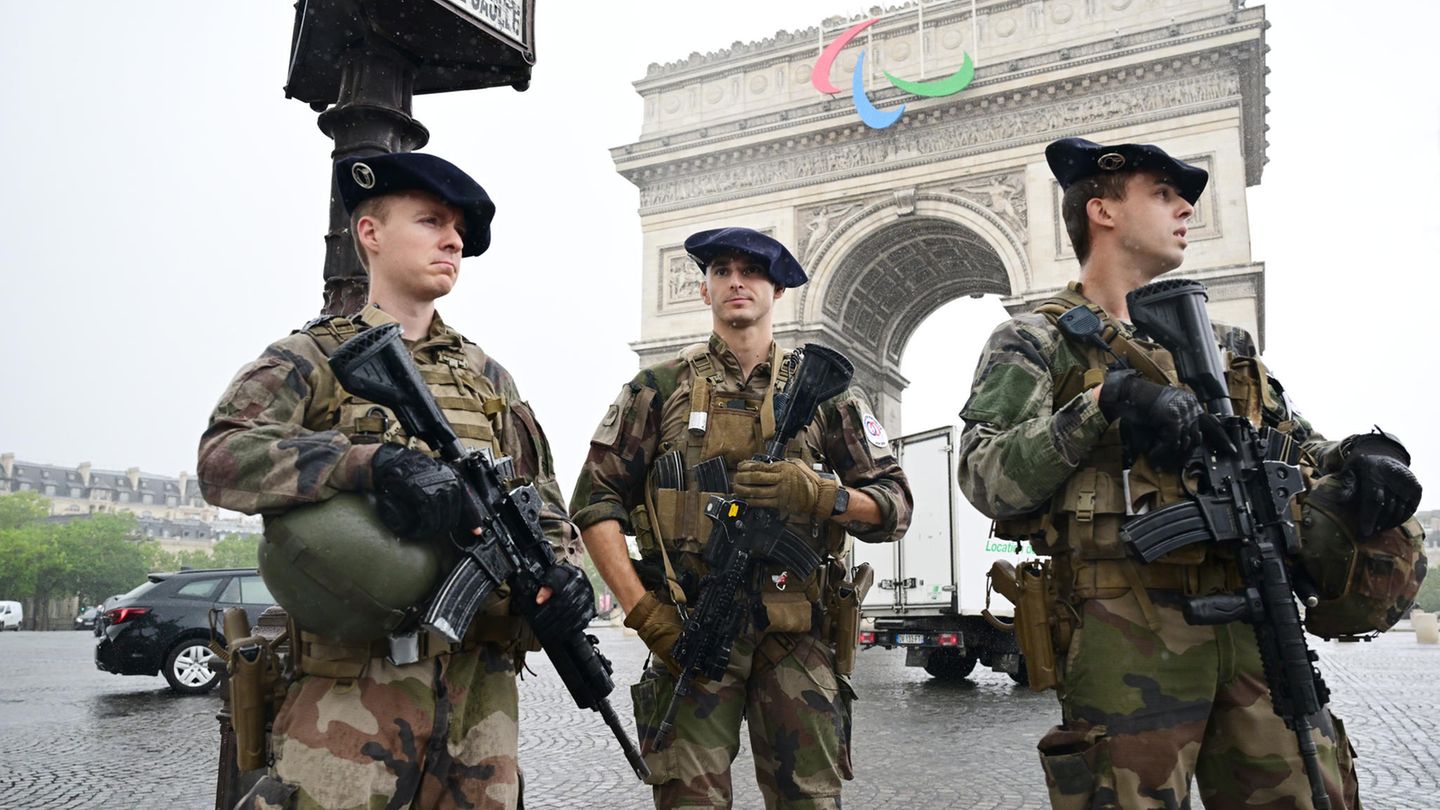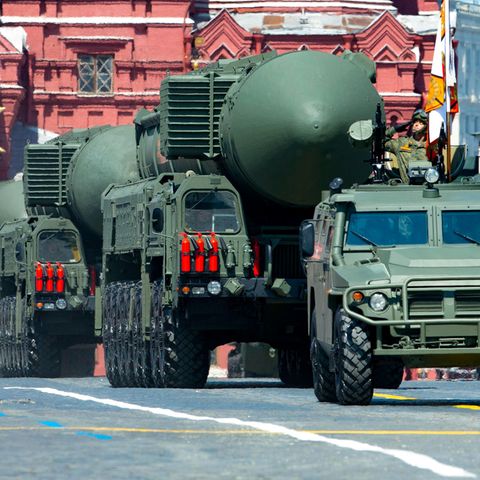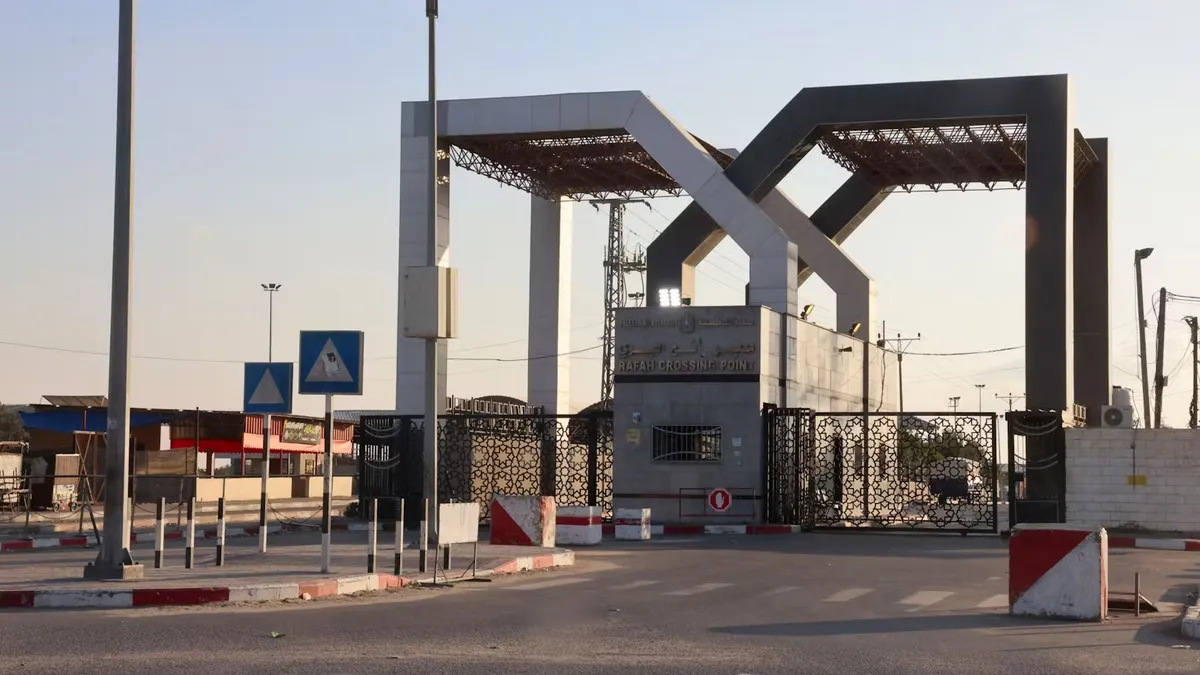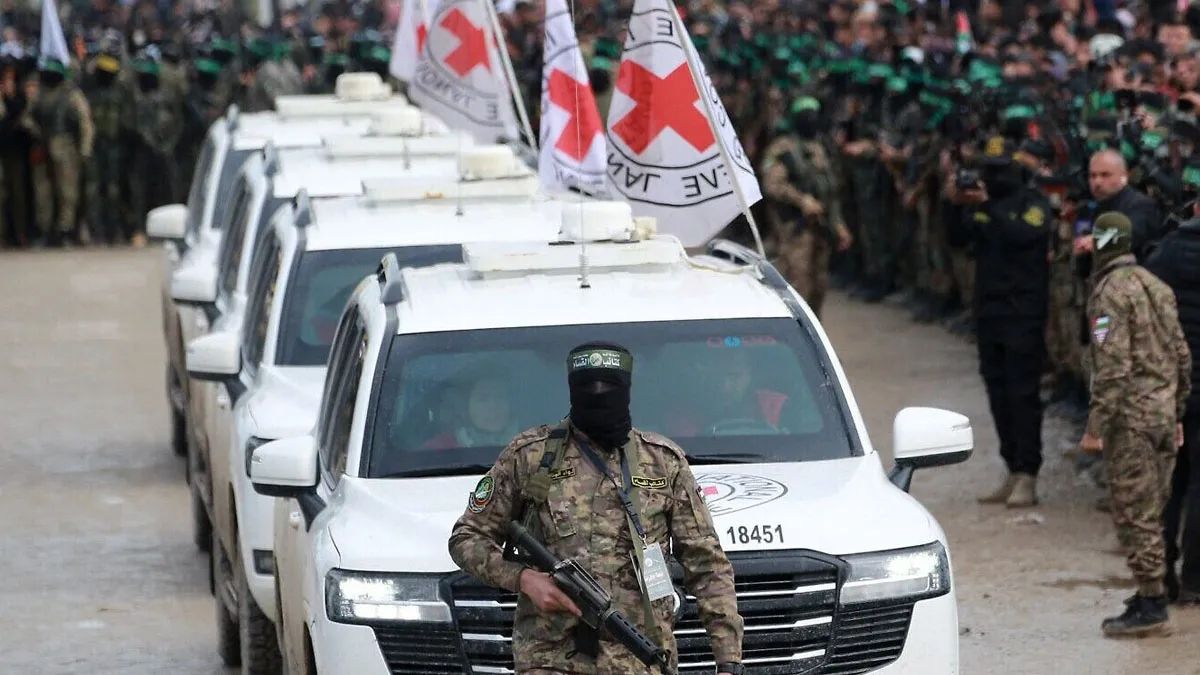analysis
The great illusion – why no NATO troops will fight in Ukraine
Copy the current link
Ukraine urgently needs soldiers. Western countries could send troops, experts say. But is the West really ready to fight Russia?
The German military expert Carlo Masala brought up the possibility of sending European ground troops to the editorial network Germany (RND). “We need a fallback option in the event that the USA stops supplying weapons to Ukraine,” said the professor of international politics at the University of the Bundeswehr in Munich. It’s about the “coalition of the willing, which, if in doubt, is also prepared to send ground troops to Ukraine.”
Of course, a German professor is only an observer and not an actor. Masala said there was “a lot going on at the moment, in France, Great Britain and Poland.” Only Germany is left out, even if Federal Defense Minister Boris Pistorius tries to bring Germany back into the game. But his statement was a bit premature; British Foreign Minister David Lammy has already distanced himself from such considerations.
Ukraine is retreating
Why is this example coming up now? The question of ground troops is discussed when things are going particularly badly for free Ukraine. This option had already been considered before. At that time the idea was to use the troops to build a defensive line behind the front. If necessary, Ukrainian forces should have retreated behind this line. The optimistic vision was that the Russians would not dare to attack the Westerners directly and that they would act as a security shield to prevent the Kremlin army from advancing further.
The situation on the front in the east is currently coming to a head. Especially on the South Donetsk Front, the Russians are constantly advancing and causing the Ukrainians one defeat after another. Neither side publishes casualty figures, but the constant pressure from the Russians, their superior firepower and their better tactical approach will lead to heavy losses on the Ukraine side. Especially since poorly trained conscripts are increasingly being thrown into hot spots that are neither suitable for urban warfare nor for a retreating battle. Specifically, there is a risk that the Ukrainian defense will collapse across the board and the Russians will then be able to advance unhindered because Kiev no longer has any strategic reserves to counter the advance with a new group of forces.
North Korea’s involvement in Ukraine
Kiev lacks many things, but above all soldiers. Western supporters could provide these. To make a difference, however, they would also have to fight. There is another background to this. Both sides use foreign fighters on a large scale. They call their own “volunteers” and those of their opponent “mercenaries”. But now North Korea has sent entire troop units to Russia. We are talking about around 10,000 men. Although there is no evidence that these soldiers took part in combat, this is a threatening development for Kiev. The 10,000 men are probably combat troops, and their number is therefore estimated to be higher than a normal troop strength, in which a good proportion of the soldiers are not combatants. Even more threatening: It is not impossible that Kim Jong-un will massively increase the number.
Political costs of a posting
Any government that sends ground troops to Ukraine will face a public debate. This question will be discussed in a more emotional and polarizing manner than previous aid to Ukraine. No one can predict the outcome, but it is unlikely that the population of Britain, France or Germany would unite behind such a decision. Especially since the government in France is controversial and the governments of Great Britain and Germany are even struggling. In order to counteract the numerical superiority of the Russians and their allies, well-known troops would have to be sent. The comparison of troop numbers in the war zone is done on a scale of hundreds of thousands; a few thousand make no difference. In order for the British and French to be able to operate over 1,000 kilometers away from their base, extensive preparations would be necessary – although these may already have begun.
The West is not producing enough weapons
In addition to the political earthquake, supplying the troops would be the biggest problem. If they were actually going to fight, they would need equipment, equipment, ammunition and other supplies. And these goods would not be needed as one-off equipment; they would be used up in war. France and Great Britain have around 300 main battle tanks, Germany the same amount. They are not 100 percent usable. Assuming there are 400 to 500 tanks operational and half of them sent to Ukraine, that would be a significant number, but not nearly enough to turn things around.
For comparison: In the West it is assumed that Russia produced new battle tanks in the year 1,500 – some modernized old tanks from storage, some newly built. When it comes to artillery, the disproportion is even greater. In order to supply a significant contingent of troops in combat, the western countries would have to at least partially switch to a war economy. There are no camps in the West that can support troops for weeks in combat. War economy means far-reaching interventions in the free economy and the labor market. And here, too, a lead time is required; results can only be expected months after such a decision has been made. Otherwise you run the risk of the “expeditionary army” suffering from shortages after just two weeks.
Favorite destinations
Assuming the Russians were not deterred by a security umbrella, then there would be fighting on Ukrainian territory. Then it would be expected that the Western troops would be the Russians’ preferred targets, with the calculation being that high losses should break the morale of the troops, who are only used to peace, and have an impact on the mood at home.
You can see how this works when fighting large Western equipment. Putin is waging war from a bulging wallet – killing people not only gets medals, but also cash. Particularly for Western equipment, the state money is sometimes topped up by donors.
The fight in Ukraine is a major conventional war with corresponding losses and not an occupation like in Afghanistan. Countries participating in it must be prepared to endure losses – if things go badly, hundreds or even thousands in a few weeks. The Russians would throw everything they have at the Westerners. If there were direct fighting between Russians and Western troops, it would be difficult to imagine that the war would be limited to Ukraine. Then the regionally limited war could quickly become a major European one.
Insufficiently equipped
Ultimately, the question arises as to whether the armies of the West would be prepared for this form of war. In Ukraine, each battalion has its own unit for the use and defense of drones. The vehicles are equipped with jammers, as are the stormtroopers. Cages and nets protect tanks and positions. For this purpose, special weapons are used against drones – large-caliber shotguns or concentrated machine guns. Something like this is only partially available in the West.
Source: Stern
I have been working in the news industry for over 6 years, first as a reporter and now as an editor. I have covered politics extensively, and my work has appeared in major newspapers and online news outlets around the world. In addition to my writing, I also contribute regularly to 24 Hours World.





